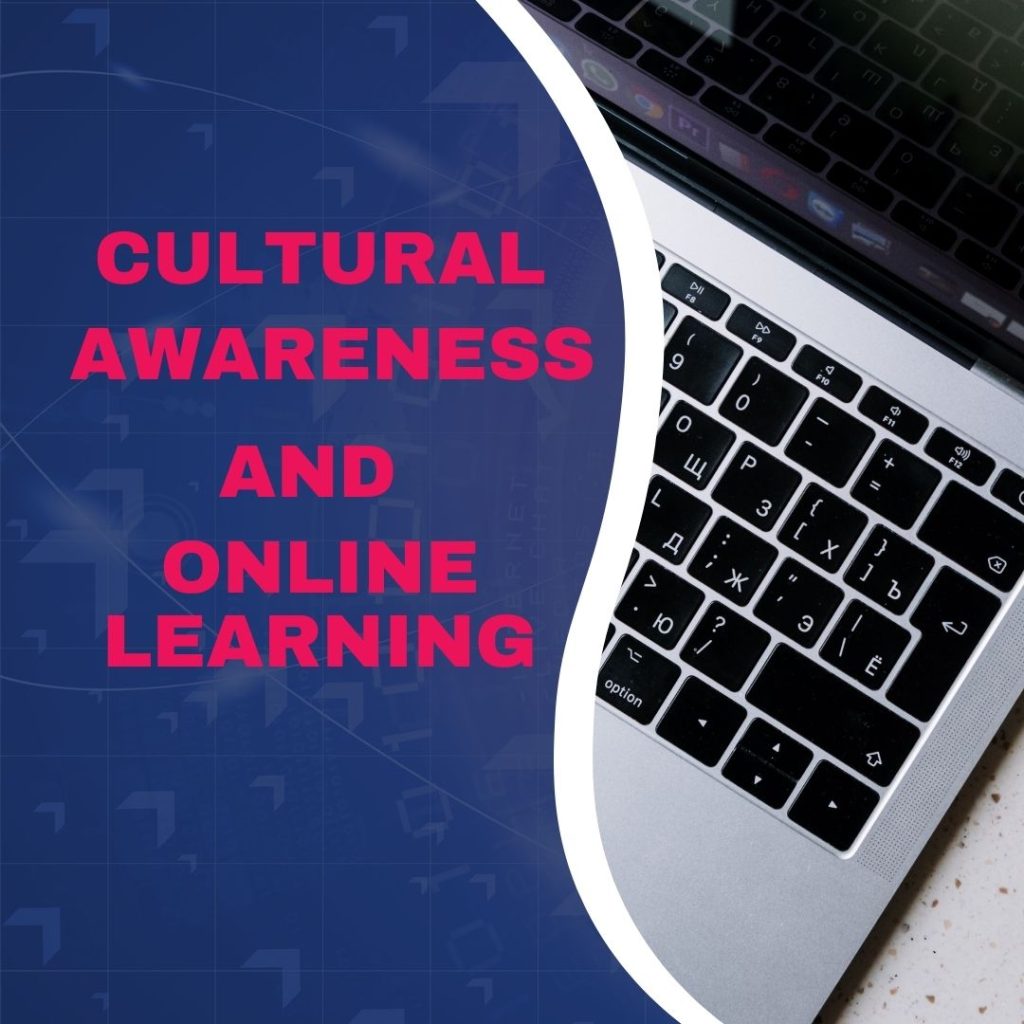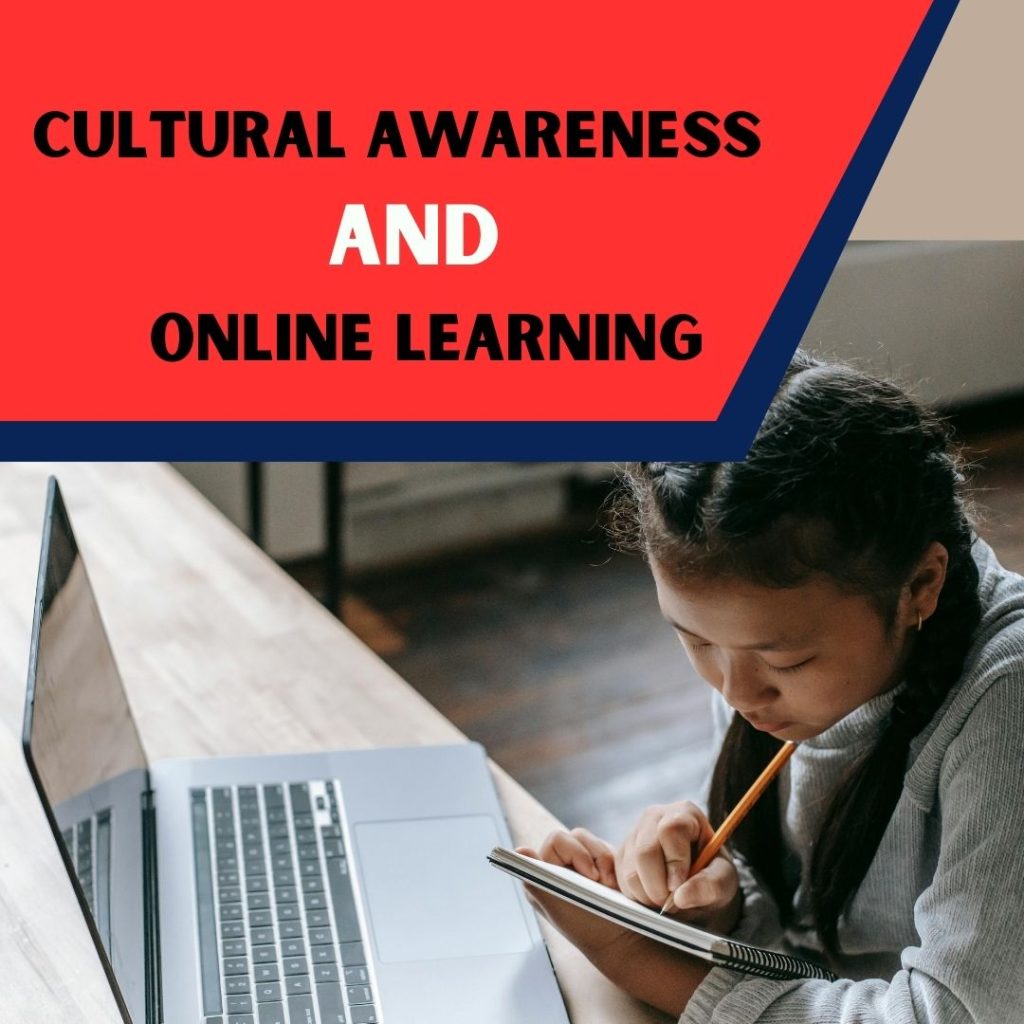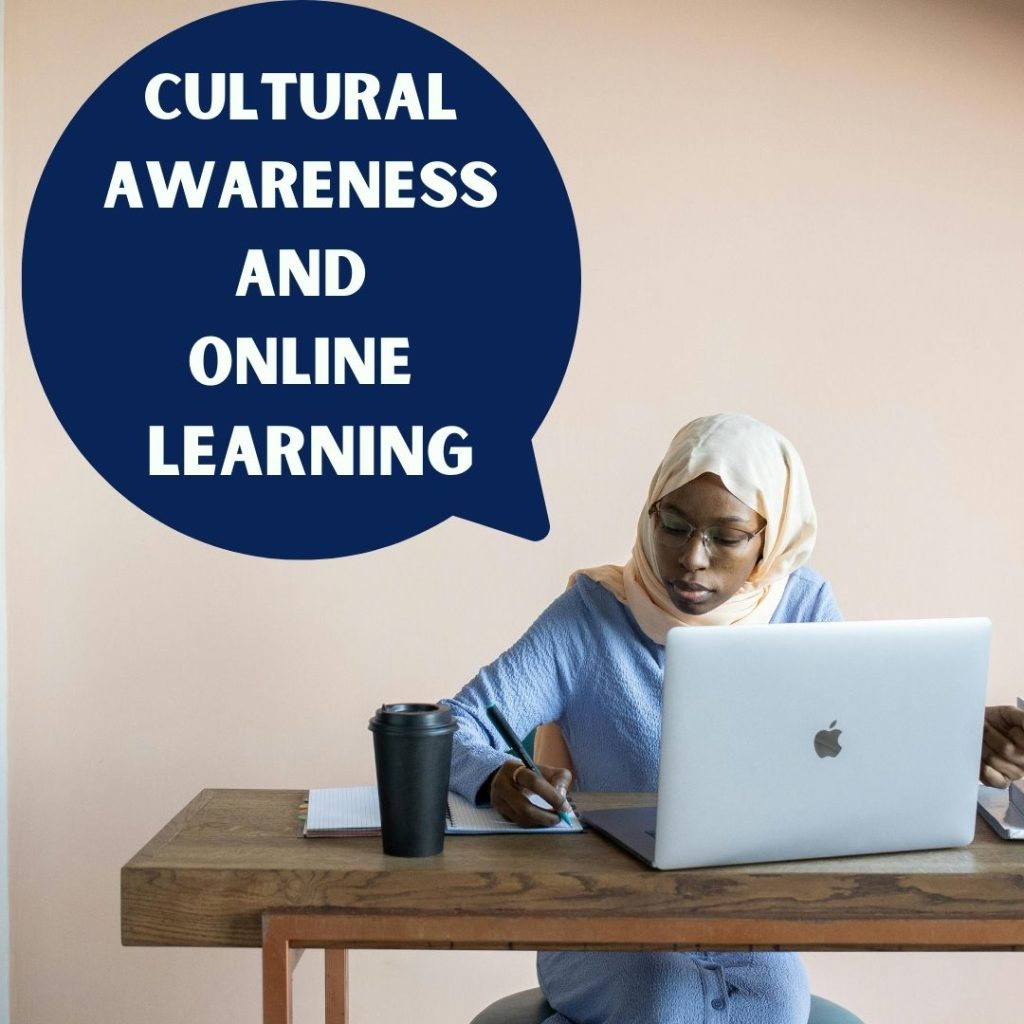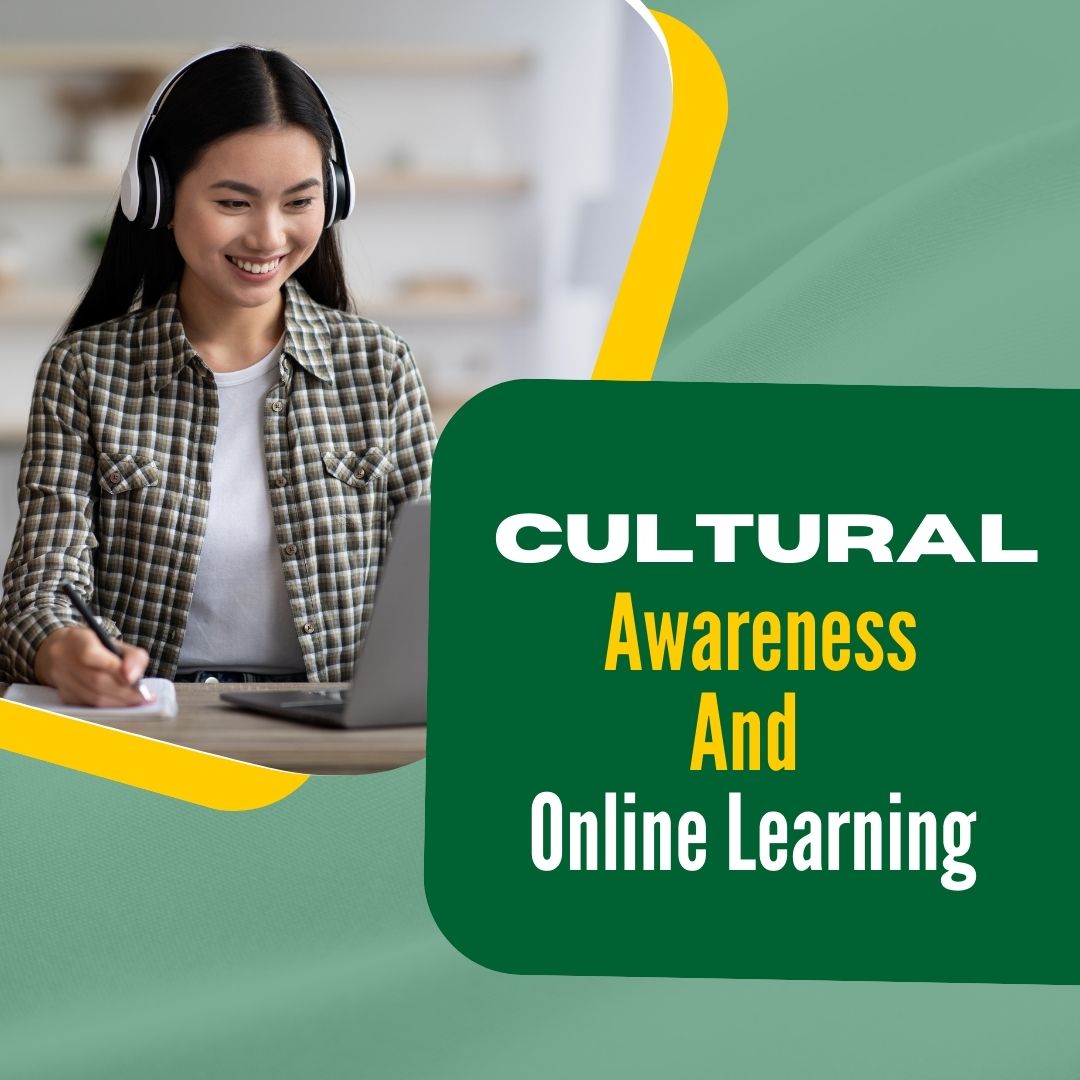Cultural Awareness And Online Learning for Social
Cultural awareness in online learning fosters an inclusive environment and enhances cross-cultural communication. It is essential for effective global education.
Cultural awareness and online learning are interlinked aspects of modern education that have gained significant importance in a globally connected world. The rise of digital education platforms means students and educators often interact across diverse cultural backgrounds. This blending of cultures requires an understanding of different perspectives and social norms to ensure a respectful and effective learning atmosphere.
Tailoring online content and teaching methods to accommodate cultural diversity promotes engagement, improves learning outcomes, and prepares students for a globalized workforce. By prioritizing cultural awareness, online educational experiences not only become more enriching but also bridge the gaps between various cultural identities, laying the groundwork for a more harmonious and inclusive future.

The Rise Of Online Learning
The world of education is transforming rapidly before our eyes. Online learning, once a niche offering, has exploded in popularity, forging paths for remote education. The global landscape adapts as students and educators embrace the digital realm. Cultural awareness and online learning intertwine, breaking down barriers and fostering community and understanding across continents.
You May Also Read: How to Become a Physical Education Teacher
A Shift In Educational Paradigms
Traditional classrooms evolve into expansive virtual environments. Learning now happens anywhere, anytime, unrestricted by geographic boundaries. This massive shift in educational paradigms brings people with diverse backgrounds together. They share knowledge and cultural experiences, enriching the educational tapestry.
- Connects global learners
- Promotes cultural exchange
- Encourages flexibility and personalized learning
Advantages Of Virtual Classrooms
Virtual classrooms revolutionize the way education is delivered and experienced. Flexible schedules and access to a plethora of resources highlight the benefits. Here are the key advantages:
| Advantage | Description |
|---|---|
| Accessibility | Learn from any location with internet access |
| Cultural Diversity | Interact with peers from around the world |
| Customized Learning | Programs suit individual learning styles |
| Cost-Effectiveness | Save on travel and accommodation expenses |

Cultural Diversity In The Digital Realm
The digital realm breaks borders, connecting learners worldwide. Online learning platforms are melting pots of cultures. They create spaces where diverse knowledge and experiences merge. As we embrace this diversity, it’s crucial to understand how cultural awareness shapes learning experiences.
The Mosaic Of Online Learners
Online classrooms are like mosaics – full of unique pieces. Each learner comes with personal stories and knowledge. This beautiful variety enriches discussions. But it also requires mindful communication. Let’s explore the vibrant landscape of online learners.
- Students from different countries
- Diverse linguistic backgrounds
- A range of educational experiences
Challenges Of Cultural Differences
Cultural differences present challenges in online learning. Misunderstandings can occur from language barriers or different learning styles. It is essential for online platforms to create inclusive spaces. Here’s a breakdown of some common challenges:
| Challenge | Impact |
|---|---|
| Language | Can lead to miscommunication |
| Time Zones | Difficulties in scheduling live sessions |
| Cultural References | Potential for exclusion or confusion |
Cultural Awareness Defined
Cultural awareness is the foundation for communication. It involves understanding self and others. Cultural awareness shapes how we interact with people from different cultures. It’s knowing that cultural differences exist. It plays a crucial role in learning and teaching online. Understanding one’s own culture and the cultures of others enhances experiences in digital classrooms.
You May Also Read: Learn Korean Online Classes
Components Of Cultural Competence
- Awareness of one’s own cultural worldview
- Attitude towards cultural differences
- Knowledge of different cultural practices and worldviews
- Skills for communication and interaction across cultures
Importance In Education
Embracing cultural awareness in education is vital. It creates a supportive space for all learners. Educators with cultural competence can teach students from any background. Students feel included and respected. This leads to better learning outcomes. A culturally aware learning environment prepares students for a global society.
Analyzing The Cultural Gap In E-learning
In today’s digital age, e-learning platforms connect learners from diverse cultures. This brings forth a need to bridge the cultural divide. Understanding these gaps ensures an inclusive learning environment for everyone.
Communication Barriers
Language differences and non-verbal cues can impede learning. E-learning material often leans on one dominant language, which can alienate non-native speakers. Ensuring that content is clear and accessible to a broader audience is key. Tools like language translation and cultural references must be diverse and relevant.
Diverse Learning Styles
Every culture has its own learning preferences. Some prefer visual information, while others value textual explanations or interactive methods. Developing content that encompasses various learning styles promotes engagement and retention. It also respects cultural backgrounds in the e-learning space.
Additional semantic HTML can be used to feature tables, bullet-points, etc. as needed
Strategies To Foster Cultural Awareness
Cultural awareness plays a vital role in online learning environments. It creates connections and deepens understanding among diverse learners. As a result, students feel respected and valued. Let’s dive into strategies to enhance this essential element.
Incorporating Multicultural Content
Curriculum enhancement is key to broadening perspectives. Introducing multicultural content does just that. This approach includes various cultures, histories, and viewpoints. It builds an inclusive learning community. Students engage with diverse materials, which can be:
- Articles from different parts of the world
- Books by authors of various cultures
- Case studies that highlight different societal impacts
- Videos featuring global traditions and practices
Such content supports empathy and understanding. It also enhances global awareness among students.
Cultural Sensitivity Training For Educators
Teachers are at the heart of culturally aware learning environments. Cultural sensitivity training equips them with the right tools. This includes knowledge about:
- Various cultural backgrounds
- Communication styles
- Learning preferences
Training provides techniques for inclusive classroom interactions. It fosters a welcoming space for all students. Here are practical steps to implement it:
| Step | Action |
|---|---|
| 1 | Conduct workshops on cultural differences |
| 2 | Introduce peer collaboration projects |
| 3 | Use diverse examples in teaching materials |
The right training ensures respectful and engaging interactions.
Technological Solutions For Bridging Cultural Gaps
Technological Solutions for Bridging Cultural Gaps play a crucial role in online learning environments. They open doors to understanding and collaboration. These digital tools make learning accessible to diverse learners. They knock down barriers that distance and culture often create.
You May Also Read: Higher Education Lawyers
Ai And Language Translation
In a world where languages can be barriers, AI-powered language translation stands tall as a bridge. This technology offers real-time translation of courses, lectures, and discussions. It enriches the learning experience for students from different backgrounds.
- Instant understanding of course material in any language.
- Seamless communication between students and instructors.
- Personalized language preferences encourage inclusive participation.
AI tools work continuously to improve, learning from each translation. This means they become more accurate over time.
Adaptive Learning Platforms
Adaptive learning platforms mold to the needs of learners. They consider cultural nuances and learning styles. Such platforms provide a tailored education journey for each student.
- They adjust content according to learning progress.
- Cultural sensitivities are respected and incorporated into the learning material.
- Interactive elements engage students from various cultures.
These platforms track progress, providing feedback that’s sensitive to cultural differences. This fosters a respectful and productive learning atmosphere.
Case Studies: Successes In Cultural Integration
Online learning has become a melting pot of diverse cultures. Yet, it’s the success stories of cultural integration that truly inspire.
These stories showcase how education providers have excelled in creating an inclusive environment for all learners.
Examples Of Inclusive Curriculum
Education systems are embracing inclusivity, with curriculum designed to reflect this global shift.
- Language Options – Offering course materials in multiple languages promotes participation from non-native English speakers.
- Cultural References – Courses include examples and case studies from a variety of cultures, acknowledging the diverse backgrounds of students.
- Holiday Recognition – Respecting all cultural holidays ensures no student is left behind during important cultural events.
An inclusive curriculum invites students from all backgrounds to engage and learn with respect to their cultural contexts.
Testimonials From Diverse Online Communities
First-hand experiences paint the clearest picture of cultural integration’s impact.
| Student | Location | Feedback |
|---|---|---|
| Maria | Mexico | “The Spanish subtitles made me feel included.” |
| Ajay | India | “Diwali was acknowledged, which made me feel respected.” |
| Chen | China | “Case studies from Asia in my course were enlightening.” |
These voices highlight the success of culturally aware online learning platforms in shaping a more inclusive future for education.

Overcoming Challenges And Looking Ahead
Online learning brings people together from diverse cultures. It’s a chance to learn and grow. But, it’s not always easy. There are challenges like misunderstandings and different learning styles. To move forward, we must overcome these hurdles. We will focus on professional development and the future. Let’s explore how to make online education better for everyone.
Continual Professional Development
Teachers need ongoing training to understand their students’ cultures. This type of training is called Continual Professional Development (CPD). CPD helps teachers create lessons that everyone can understand. It includes strategies for:
- Effective communication across languages and cultures
- Developing courses with culturally relevant content
- Using technology that meets diverse learning needs
Teachers can use CPD to build trust and connect with students from around the world. It is an ongoing journey.
The Future Of Culturally Responsive Online Education
The future is bright for online education. It’s becoming more inclusive and sensitive to cultural differences. Here’s what we can expect:
- Courses designed for various learning styles
- Technologies that help overcome language barriers
- More training for teachers on cultural awareness
- Students getting involved in course design
These changes will make learning online even better. They will ensure that all students feel valued and included. The aim is to create a space where everyone can excel.
Frequently Asked Questions For Cultural Awareness And Online Learning
How Does Culture Affect Online Learning?
Culture influences online learning through diverse communication styles, learning preferences, and technology access. Educators must adapt content and engagement strategies to accommodate these variations for an inclusive learning environment.
Can Cultural Awareness Improve E-learning?
Yes, cultural awareness can enhance e-learning experiences. By understanding and respecting cultural differences, educators create more relevant and accessible content. This leads to improved student engagement and learning outcomes.
What Are Benefits Of Cultural Awareness In Education?
Cultural awareness supports an inclusive education environment. It respects diverse perspectives and fosters empathy. Students benefit from a broader worldview, which can improve teamwork, communication, and problem-solving skills.
How To Promote Cultural Awareness In Virtual Classrooms?
Promoting cultural awareness involves incorporating multicultural materials, encouraging cross-cultural interactions, and recognizing diverse holidays and events. Teachers should also provide equal participation opportunities and address cultural nuances during discussions and activities.
Conclusion
Embracing cultural diversity enriches online learning experiences for everyone involved. As we navigate digital classrooms, awareness is key. It encourages empathy and fosters a global learning community. Let’s continue to learn, grow, and embrace the tapestry of cultures that technology brings to our fingertips.
Together, we thrive.






